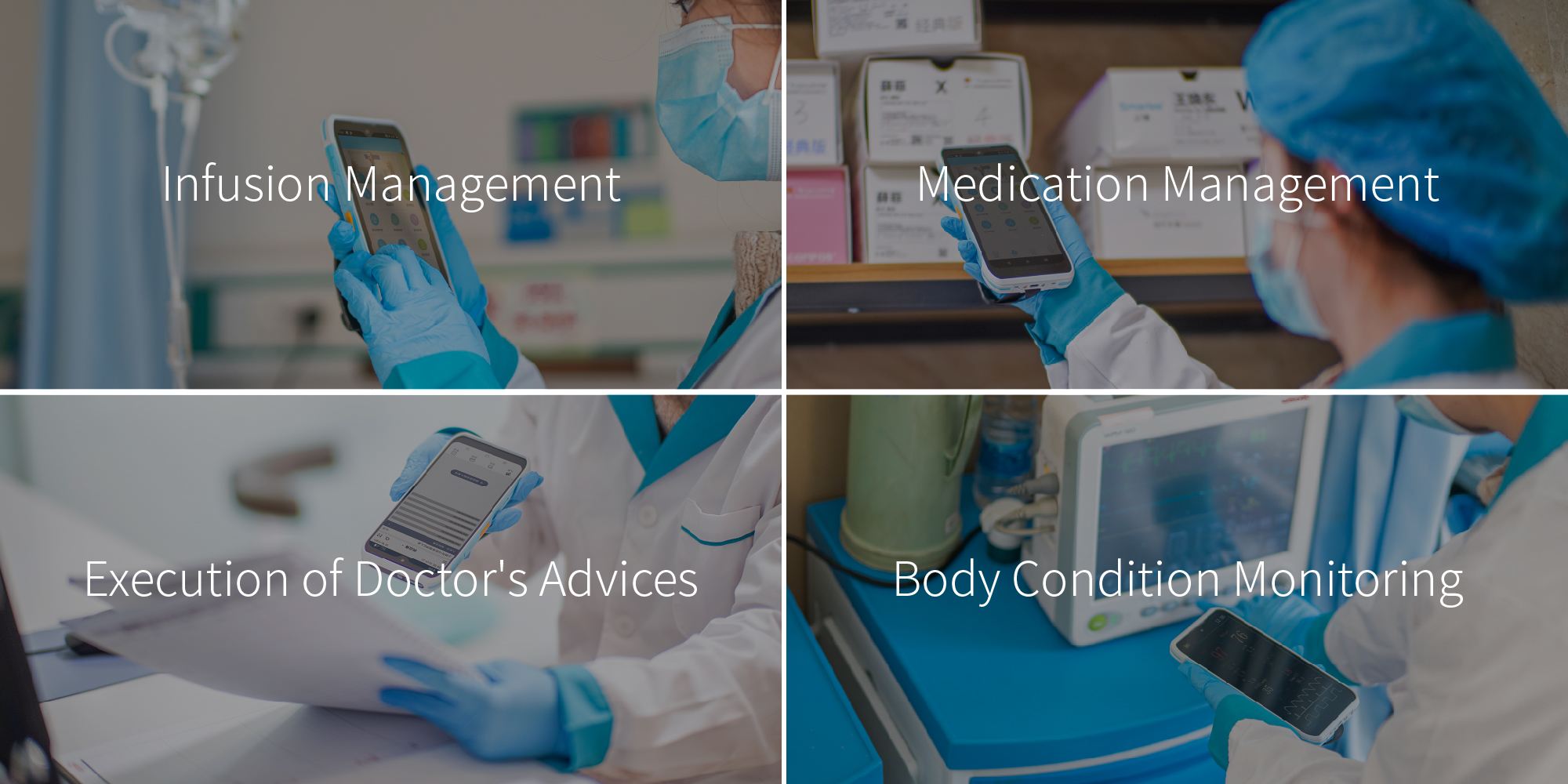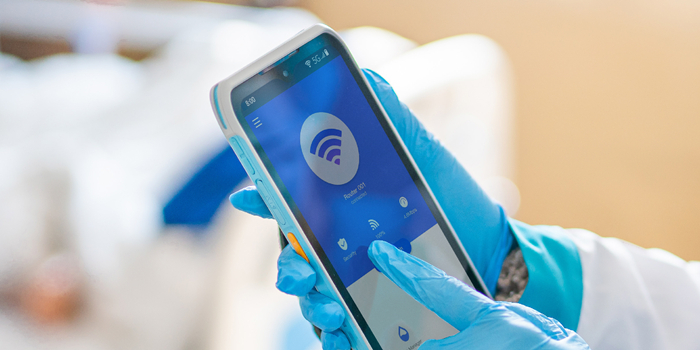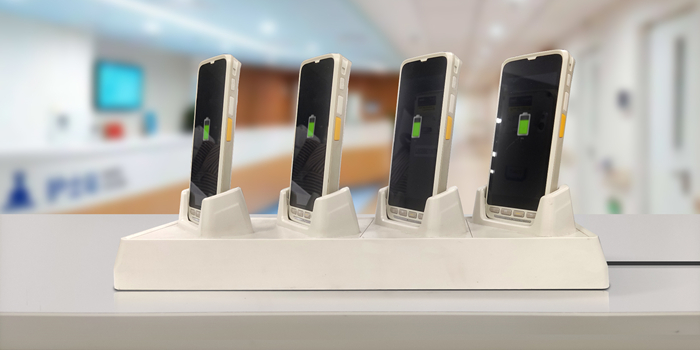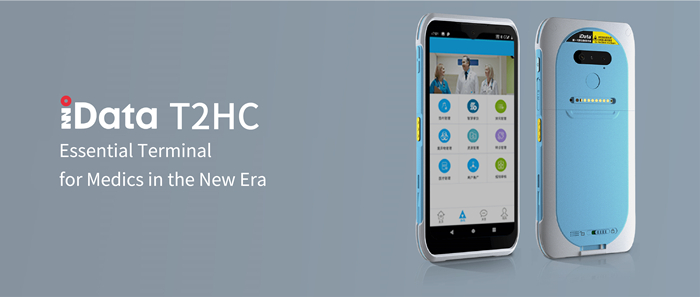With the upgrading of digitalization and the continuous development of smart medical care, PDAs have been widely used in mobile nursing, including infusion management, medication management, execution of doctor's advices, and body condition monitoring.

Recently iData, together with a medical service software provider in Beijing, launched a mobile nursing application in a large-scale first hierarchy hospital of Beijing. Today, we would like to take this opportunity to show you how iData focuses on product development, and what iData has done to satisfy the medical staff.
Speeding up in scanning and decoding
Scanning is the most fundamental function in mobile nursing, with thousands of scanning per day, barcode scanning and decoding rate is vital to improve efficiency.
It used to be one-dimensional barcodes in most case, but barcodes are easily to get wrinkled, damaged, and contaminated due to complex conditions in hospital, which makes it a big challenge for medics to scan.
The upgrade into a two-dimensional barcode system, including the wristbands and infusion bags, has been carried out by a medical service software provider in Beijing. They introduced a dedicated medical scanning engine, which is developed by iData, to save 60% of medical staff’s time, by taking the scanning and decoding rate into a drastically high level.

Wi-Fi fast roaming, suitable for hospital complex network environment
“Mobility” is the essential in mobile nursing. Most of the medical staff walk over 10 thousand steps per day, from one place to another to carry out the work. Due the complex internet environment in hospital, with one Wi-Fi network per ward, the network has to be smooth in switching while frequent change of nodes is inevitable during the mobile nursing.
The fast roaming technology of FreshHema, which was introduced by iData, is carrying out its another attempt in mobile nursing. The network speed has been increased by 5 times due to an optimized way of Wi-Fi roaming by which the PDA could always connect with the best nodes among different networks. The delay of network has been decreased significantly, meanwhile the data transmission gets faster.

More convenient charging way
Generally, the peak hours of mobile nursing are at 9 am and 3 pm when medical staff need to carry out their daily work, including body condition monitoring, execution of doctor’s advises, infusion management etc. After they finish their job, they will charge the PDAs in nurse station.
While using a cable to charge the PDA, the medics need to plug and unplug the cable each time. It’s getting even more time-consuming if the PDA has a charging protective film, which means you need to peel off the film before you charge it.
Thus, iData introduces the special cradle charger for PDA, which optimizes the charging method of the equipment in the nurse station. All medics can get a PDA straight away and place it back to the charger easily. This cradle charger eliminates the cable plugging trouble to most extent, meanwhile it keeps sufficient battery life for PDA.

Special design for nurses
We have to consider the concerns from the medical staff about a PDA, including the gripping, operating, and portability etc. when we provide a new model for them.
Based on the facts that nurses generally have small-sized hands and wearing gloves is a must at work, iData has made great efforts in product size, thickness, ergonomic design, etc. when the medical-purpose PDA is being developed.

T2HC, the latest medical PDA of iData, has been greatly improved in terms of configuration, scanning performance, protection level, and operating experience. What’s more, as a product compatible with 5G network, it is no doubt the future of smart healthcare.
